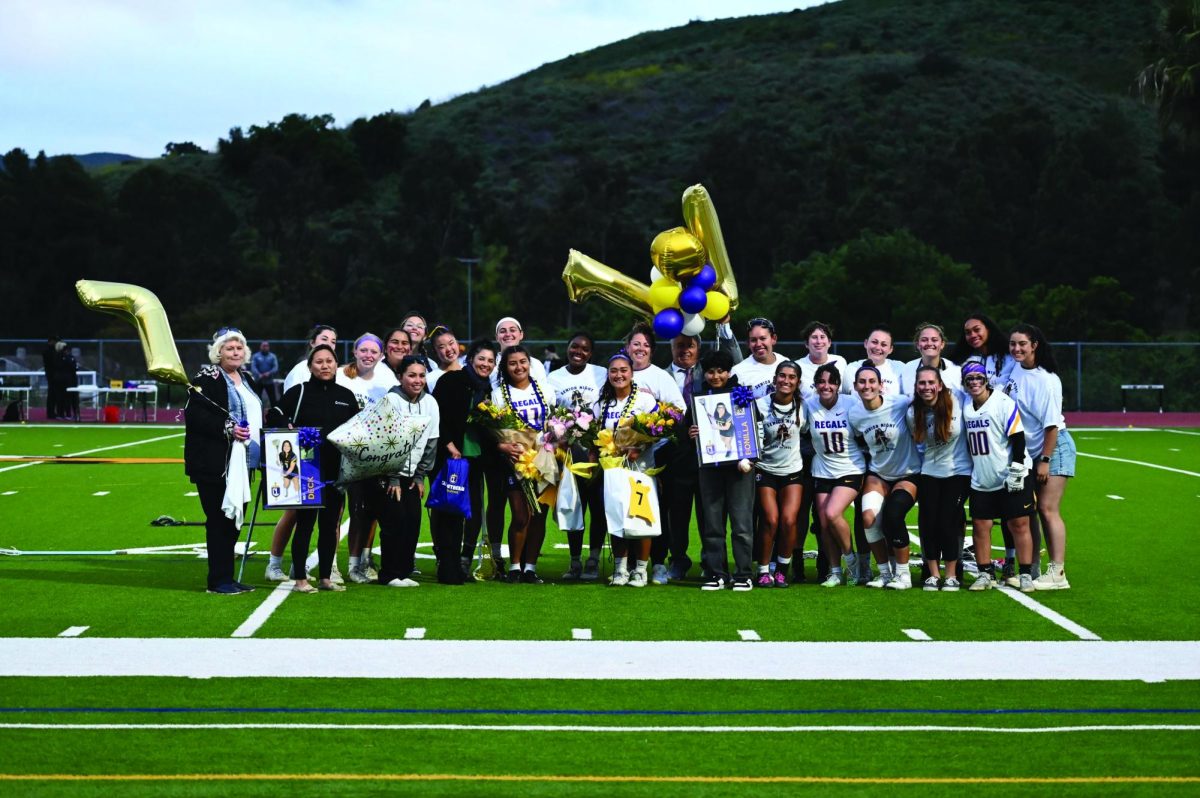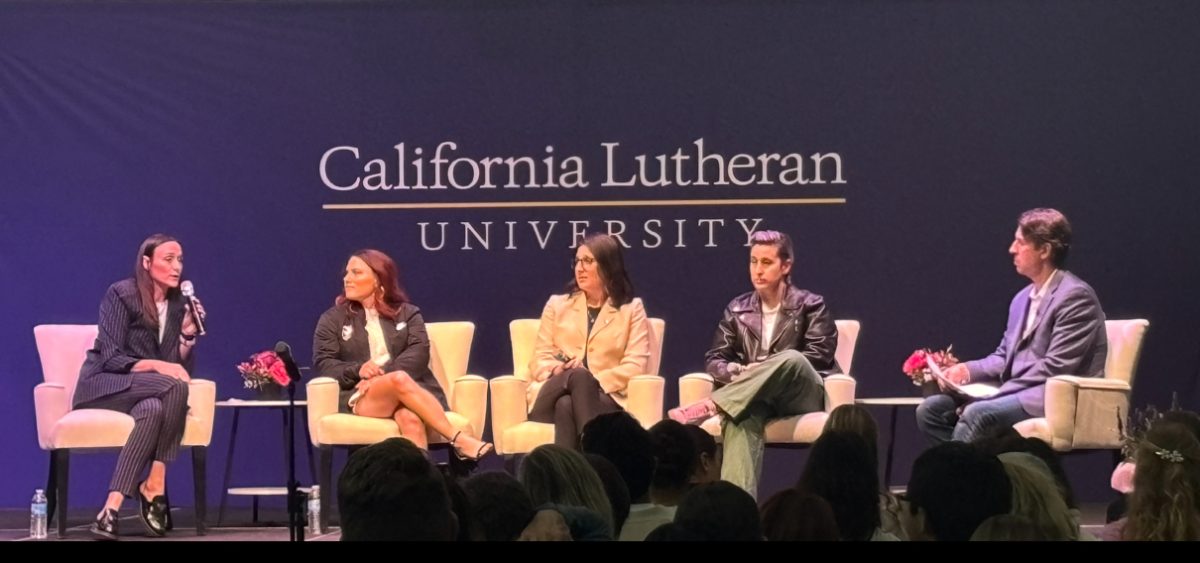How long does it take a California Lutheran University student to learn intermediate algebra? What about the history of drama?
According to the idea of Carnegie Units, often called Carnegie hours, students will have learned either of these subjects when they have spent 60 hours in class and completed 120 hours of outside study time.
In American colleges and universities, Carnegie Units, defined as one hour of class time and two hours of outside work for every credit earned, form the foundation for measuring students’ progress toward academic goals.
But when the Carnegie Foundation for the Advancement of Teaching first implemented the unit in 1906, that was not its intended purpose.
According to an article by Dan Berrett, in The Chronicle of Higher Education, the Carnegie Unit began as a way to determine which faculty members were eligible for pensions.
It later became a major factor in everything from financial aid to degree requirements and is praised by some because it standardizes expectations amongst different teachers and institutions.
The problem with the Carnegie Unit as a standard is that it places more value on the quantity of time spent by students than on the quality of learning.
The amount of time students spend on a class will differ depending on how long each individual student needs to understand the material.
“Quality is about taking as much time as you personally need,” said Michael McCambridge, who has a doctorate in education.
Not only do Carnegie Units ignore this diversity amongst learners, they are also terrible guidelines for creating assignments. The primary goal of an assignment should be to strengthen the students’ grasp on the course content, not to occupy a set amount of their time.
“I really am against busy work,” McCambridge said. “If we’re going to do an assignment, it should be meaningful.”
Some highly beneficial activities may take mere minutes to complete and it is equally possible for a student to spend several hours on a project but learn very little.
Junior Berlin Galvan said the assignments that help her most are “hands on or anything that can be applied to daily life.”
For senior Travis Booth, the most effective assignments are ones he feels “will be useful in the future.”
Both students said that assignments should take as long as necessary and the amount of time learning takes cannot be predetermined.
Time is clearly not the most important consideration when developing curriculum. Unfortunately, Carnegie hours are still an unavoidable consideration for CLU faculty, according to Jim Bond, who has a doctorate in English.
“When we’re designing a course we have to be very conscious of it,” Bond said.
“If we don’t fulfill Carnegie hours, we’re at risk of losing funding…That is a pressure on Cal Lutheran as an institution because if we lose that, we could very well begin losing students… If we don’t have enough students here, we can’t keep the place open.”
The Carnegie Foundation is aware that the Carnegie Unit may not be the most effective measure of students’ progress, according to Berrett’s article.
In fact, the article even mentioned that the Carnegie Foundation received a $460,000 grant from the William and Flora Hewlett Foundation to research an alternative. The results of the research should be released this year.
Until another option is found, it is the responsibility of students and faculty to avoid letting Carnegie hours make quantity more important than quality.
Nerissa Cauthen
Staff Writer
Published Feb. 12, 2014








